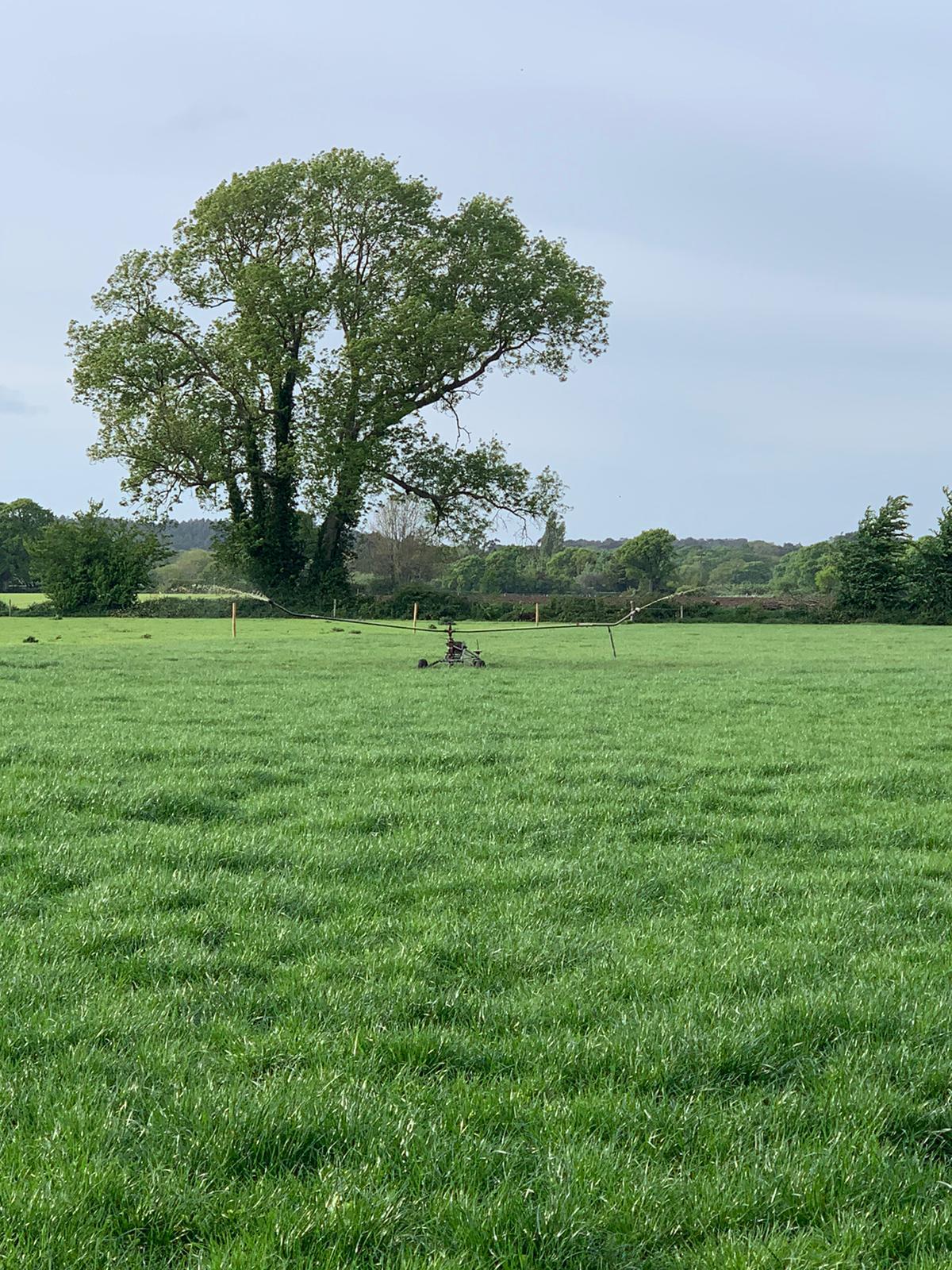- Home
- Knowledge library
- Dirty water risks paddock rejection
Dirty water risks paddock rejection
Using dirty water as a source of moisture for the grazing platform could lead to rejected paddocks or poor residuals.
Using dirty water as a source of moisture for the grazing platform could lead to rejected paddocks or poor residuals. This is caused by high potassium levels which make grass taste bitter. Although it grows a lush and leafy cover, when the irrigator can only reach the same few paddocks, it results in over-application and phosphorus and potassium levels build up in the soil.
Dirty water works well because of its low dry matter content. It leads to less coating of the grass leaf, making it possible to re-graze from 21 days. However, the nitrogen content of dirty water is highly volatile as trailed irrigators pump it too high and atomise it. On a warm soil surface there is the potential to lose ammonia nitrogen, so it should be applied via trailing shoe.
Ideally, spread dirty water according to individual paddock soil nutrient levels, stopping when they are satisfactory. Monitor grass residuals and notice if cows don’t like grazing certain paddocks. Then put surplus dirty water into the slurry system, targeting slurry and muck applications.
True dirty water doesn’t come out of the lagoon, weeping wall or mechanical separator. It is defined as parlour washings or water from a lightly soiled yard. It is only 0.5% dry matter which is why you don’t have to store it and can spread it any time of year. Most dirty water is slurry because it is higher in dry matter and there is a greater concentration of nutrients.


